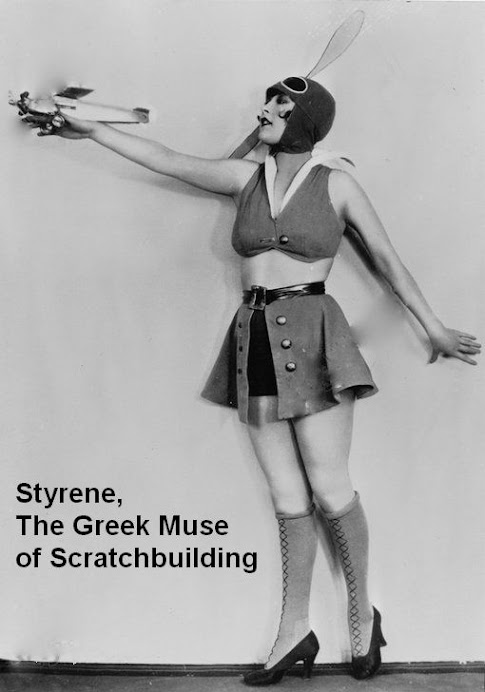The aviation feats of the small bunch of French pilots and mechanics opening the Argentinean skies through Aéropostale/Aeroposta are legendary. To have an idea of the magnitude and scale of the pioneering French endeavor uniting Europe and South America -and also creating the internal connections- have a look at this article:
And this PDF (where the other Potez 25 model posted on the blog, F-AJDZ, is featured):
https://potez-25-une-passion.fr/wp-content/uploads/2021/11/Bs-As-Santiago-Exploitation.pdf
This is the second model obtained by kitbashing the Special Hobby/Azur/FRROM Lorraine-engined TOE and A2 kits of the Potez 25, plus some scratch and corrections. This particular plane is one of the five operating in Argentina by Aéropostale/Aeroposta (F-AJDX, F-AJDY, F-AJDZ, F-AJZS, F-AJZR) and the only found so far in photos and newsreels with a bi-color scheme, but it can also be seen in overall white aluminum.
The step-by-step building article is here:
https://wingsofintent.blogspot.com/2025/01/potez-25-f-ajdx-aeropostale-aeroposta.html
The other model built (F-AJDZ) of The Andes fame can be found here:
https://wingsofintent.blogspot.com/2025/03/potez-25-aeropostaleaeroposta.html
The five Argentinean Potez 25 were not standardized, and they differ from each other in many details, and much more so from their military origins. Even the way their marks in civil service were applied is inconsistent as it can be easily verified from existing photos. Modifications, some scratch-building and corrections are necessary to represent these civil planes. FRROM has issued a decal sheet that covers several of these machines, and Arctic Decals has a sheet to cover this bi-color version of F-AJDX.
It took many long hours of reading and looking at images to disentangle the details of the two machines modeled, in the process discovering all the areas that needed addressing. The modifications, deletions and additions needed to adapt the kits to portray the different civil machines are all depicted in the two building posts.
My thanks to Francisco Halbritter, Gilles Fontaine and Mika Jernfors, among others, for the help and comments received while building the models.

.jpg)
.jpg)
.jpg)
.jpg)
.jpg)




.jpg)
.jpg)
.jpg)
.jpg)
.jpg)
.jpg)
.jpg)
.jpg)
.jpg)
.jpg)
.jpg)
.jpg)
.jpg)
.jpg)
.jpg)
.jpg)
.jpg)
.jpg)
.jpg)
.jpg)
.jpg)
.jpg)
.jpg)
.jpg)
%20(1280x960).jpg)
.jpg)
.jpg)
.jpg)
.jpg)
.jpg)
.jpg)
.jpg)
.jpg)
.jpg)
.jpg)
.jpg)
.jpg)
.jpg)
.jpg)
.jpg)
.jpg)
.jpg)
.jpg)
.jpg)
.jpg)
.jpg)
.jpg)
.jpg)
.jpg)